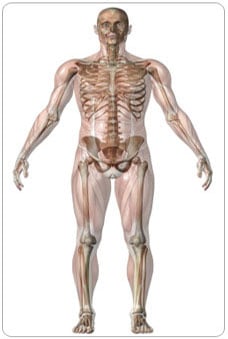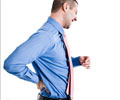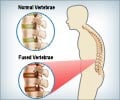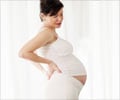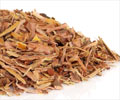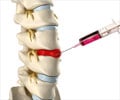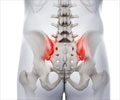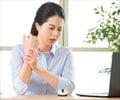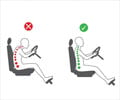About
Back pain is ranked second to headaches as the most frequent location of pain. Four out of five adults will experience at least one bout of back pain at some time in their lives. It is almost next to common colds in the list of common diseases.
The most common site for pain is the lower back because it bears the brunt of our weight and hence is more prone to get affected.
Structurally backache is a condition that usually is caused when one or more structures of the back gets affected and these includes muscles, cartilage, bones or spinal cord.
Anatomy of our Back - The back region of our body is made of interconnecting structures like bones, joints, muscles, ligaments and tendons. The spine of the back itself is made up of 24 small bones (seven cervical, twelve thoracic and five lumbar) and is the major support structure of back. These small bones are called vertebrae and they are further attached to sacrum and coccyx as we go from top to down. The sacrum attaches itself in front to the bones of the pelvis.
Our Erect Posture and flexibility of our body-The erect human posture has made our back adapt to withstand the forces of gravity over our lifetime. It also has made this region more easily vulnerable to wear and tear, strains and fractures. To keep us mobile, the flexibility of our back is important. This is determined by various factors such as joint structure, muscle elasticity and connective tissue fiber material made up of collagen, elastin and titin. Disc that are interposed between the vertebra, acts as a shock absorber and gives joints their strength, stability and flexibility but limits movement. Vertebrae and discs provide a protective tunnel that allows the spinal cord and its spinal nerves to pass through. These nerves running down the center of the vertebrae, branch off to various parts of the body. The collagen fibers help the disc withstand the tension of the erect posture and our weight. Disc protects the spine and keeps it stable during strenuous activities that puts strong force on the spine, such as jumping, running, and lifting.
Back ache is more prevalent between the age of 35 and 55. The most frequently cause of our back pain are:
- Heavy physical work
- Frequent bending, twisting, lifting
- pulling and pushing
- Repetitive work
- Static postures
- Vibrations
Psychosocial risk factors for backache includes stress, distress, anxiety, depression, cognitive dysfunction, pain threshold, job dissatisfaction, and mental stress at work.
Back pain may be sudden and sharp or it may be dull and if persistent for more than a week it might result in tension, soreness or stiffness of back muscles. Pain may aggravate with slightest of movement or even with coughing and sneezing. It may also be accompanied with numbness and tingling in the arms or legs.
The pain if limited to the back can be treated by simple remedies at home but if radiating to the lower abdomen, groin, leg or foot, needs medical attention.
Back pain is a common reason for seeking disability benefit from governments and insurance companies. However as pain is subjective and difficult to quantify, the process for such claims is tedious and not everyone who makes a claim gets the necessary benefit.


